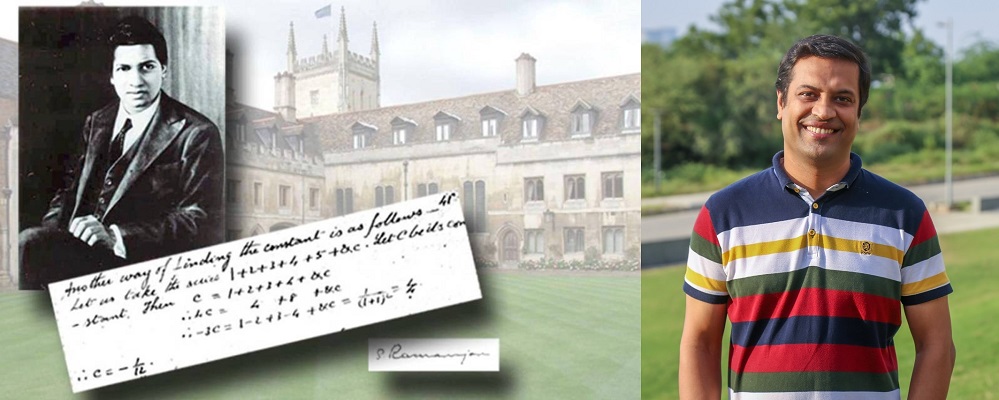Partitions form an integral as well as a wonderful part, not just of mathematics but many of its allied disciplines as well.
What is partitioning? Basically, it involves math problems which have large numbers being divided into smaller parts. Partitioning is a fascinating area of mathematics and an active branch of combinatorics and number theory. This field is said to have been initiated by Euler. After him, several other eminent minds such as J. J. Sylvester, S. Ramanujan, and G. H. Hardy made significant contributions to it. Ramanujan’s advancements in this domain opened doors for some of the most recent frontiers of mathematical (pure as well as applied) study and research. It has a wide diversity of applications viz., in nonparametric statistics, particle physics, probability and statistics, computer science, and group theory through Young Tableaux (describes the group representations of symmetric and general linear groups and studies their properties). Yet other areas consist of basic hyper-geometric series, modular forms, the latest mock modular forms, and this list does not end here!
As said by J. J. Sylvester, “Partitions constitute the sphere in which analysis lives, moves, and has its being.”
An interesting story throwing some light on the time-travel journey and world of this field was published on Medium which can be found here. It is based on one of the sessions (delivered by Atul Abhay Dixit, faculty in the Mathematics discipline) of the Virtual Seminar Series by IIT Gandhinagar.

